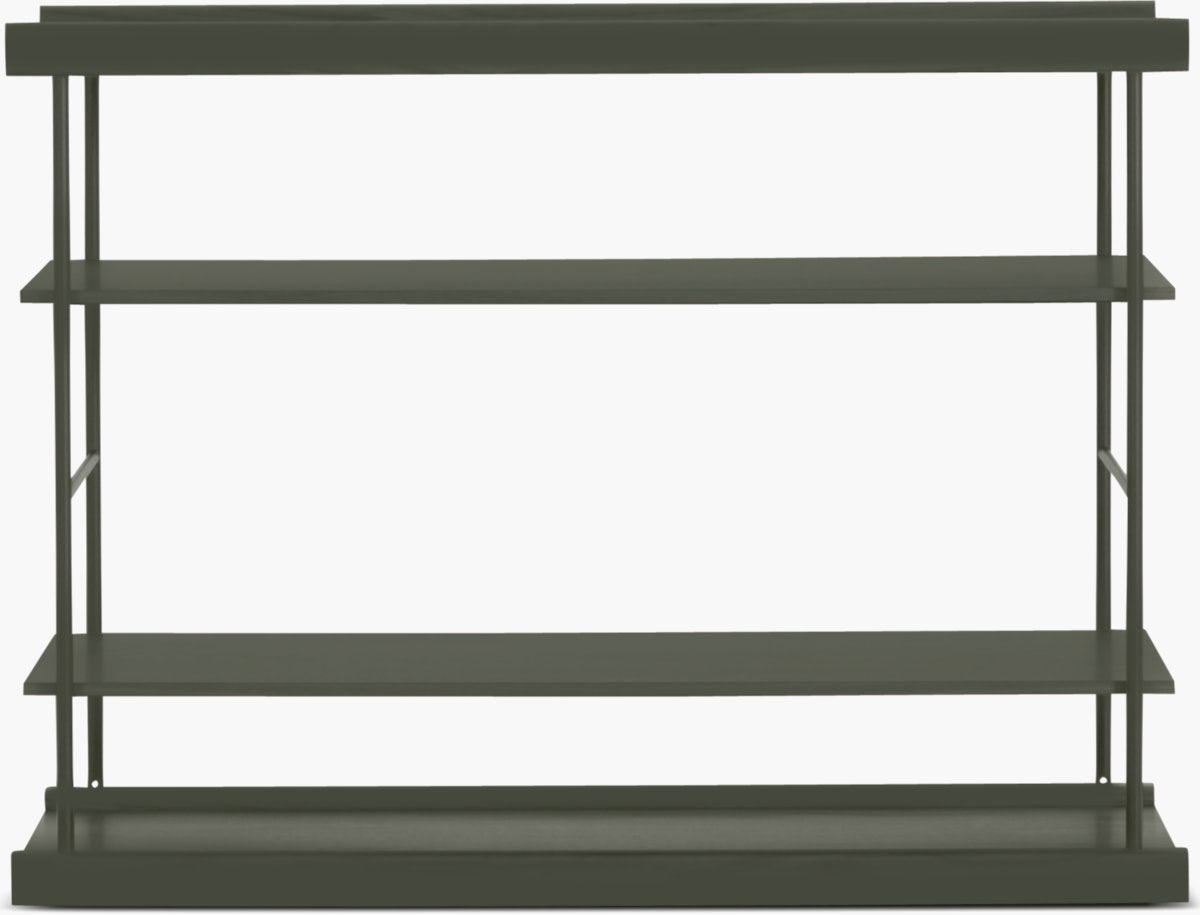Muscle Rack 48″W x 24″D x 72″H 5-Shelf Steel Shelving, Black
Organize a garage, basement or work area with this Muscle Rack 5-Shelf Steel Shelving. It is easy to assemble with a hammer and requires no nuts or bolts and includes five particleboard shelves and support loads up to 4,000 lbs. The shelves are adjustable in 1.5″ increments and have a black finish for enhanced corrosion resistance, making it an ideal choice for you. It can be used in a garden shed, garage, basement, restaurant or any room where you need extra storage. It will help to keep your space clutter-free by giving everything its very own place. Use it for your home or office for everyday storage for tools, household items, cleaning supplies, filing and office supplies, pantry items, seasonal items and much more. This Muscle Rack 5-Shelf Steel Shelving is attractive, sturdy and strong and makes an ideal addition to your home.






Muscle Rack 48″W x 24″D x 72″H 5-Shelf Steel Shelving, Black:5 shelf unit with a steel rack and durable particleboard will keep your garage or utility space organizedAssembles in minutes with just a hammer; no nuts or bolts requiredThe robust structure is bolstered with riveted beams and riveted braces that lock into corner post rivet holesWeight capacity: up to 4,000 lbs distributed evenly over the entire unitCorner post rivet holes are punched at 1.5 inches so you can customize shelf heightStands 48 inches wide and 72 inches highHeavy-duty steel frame with black powder coat finish resists damage and corrosionWeight capacity: up to 4,000 lbs distributed evenly over the entire unitRivet lock design for boltless assembly rubber mallet recommended for assembly (not included)5 particle board shelves support loadsInstruction manual includedColor: BlackMuscle Rack shelving unit size: 48″W x 24″D x 72″HIncludes: Beams, Braces, Post & Wooden ShelvesCouplers not includedModel number: UR245L-BLKManufacturer warranty: 1-year warranty





Reviews
There are no reviews yet.